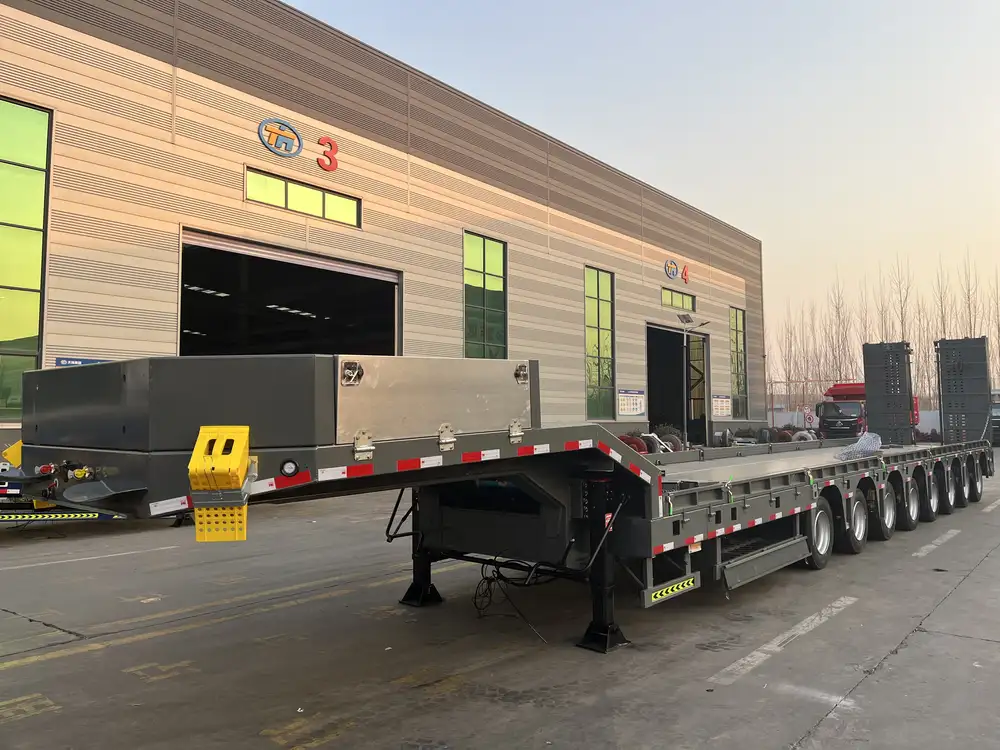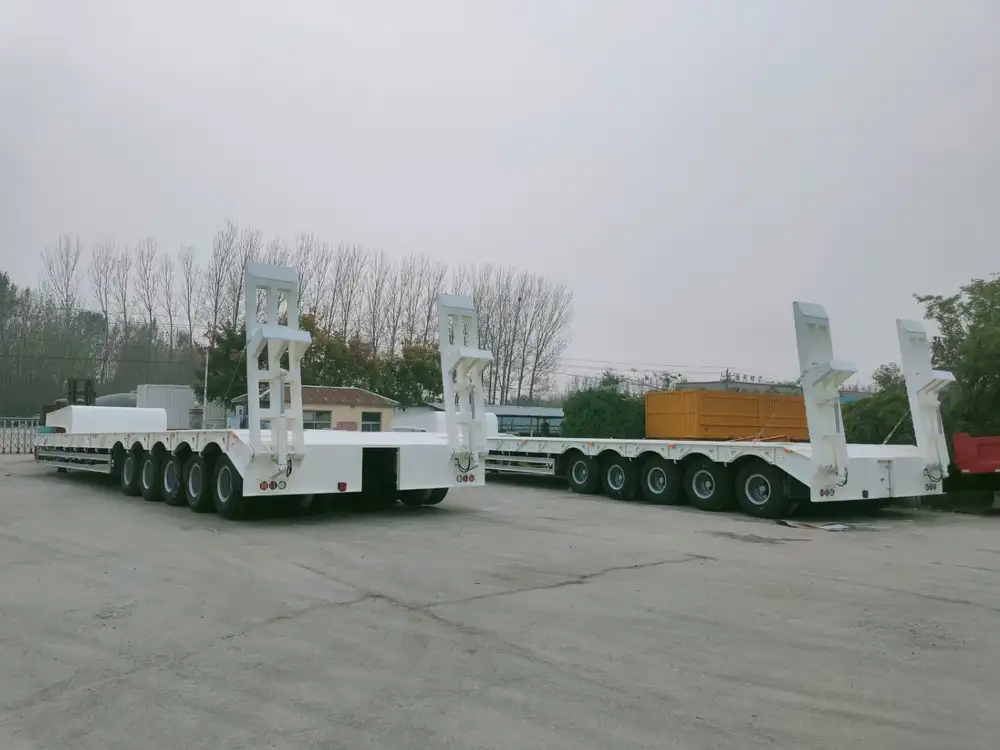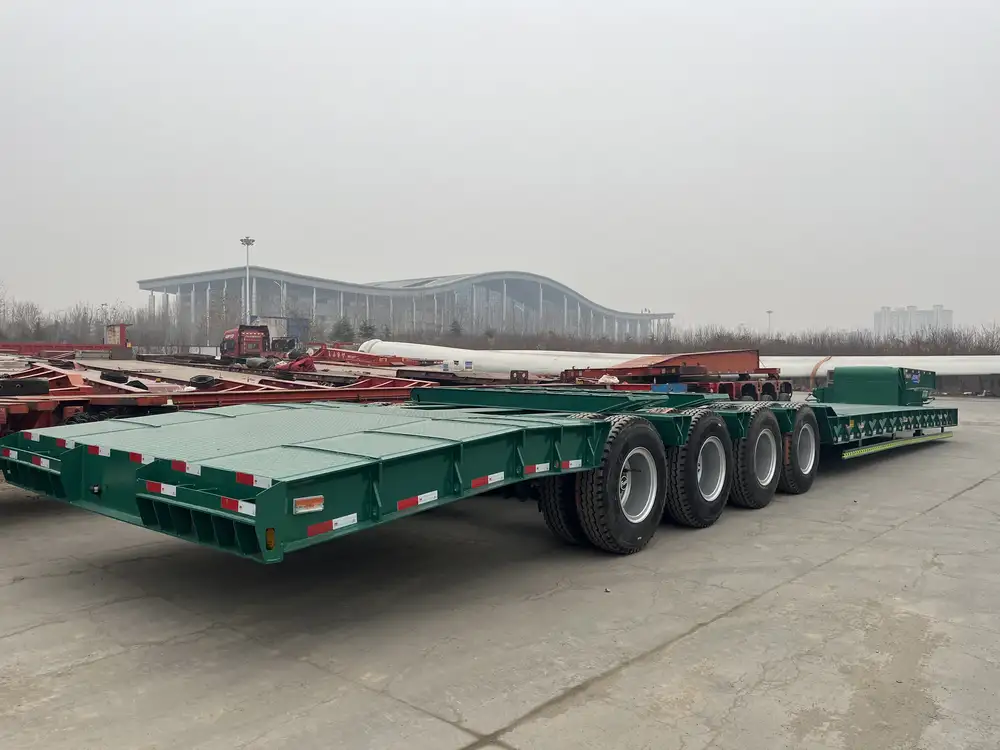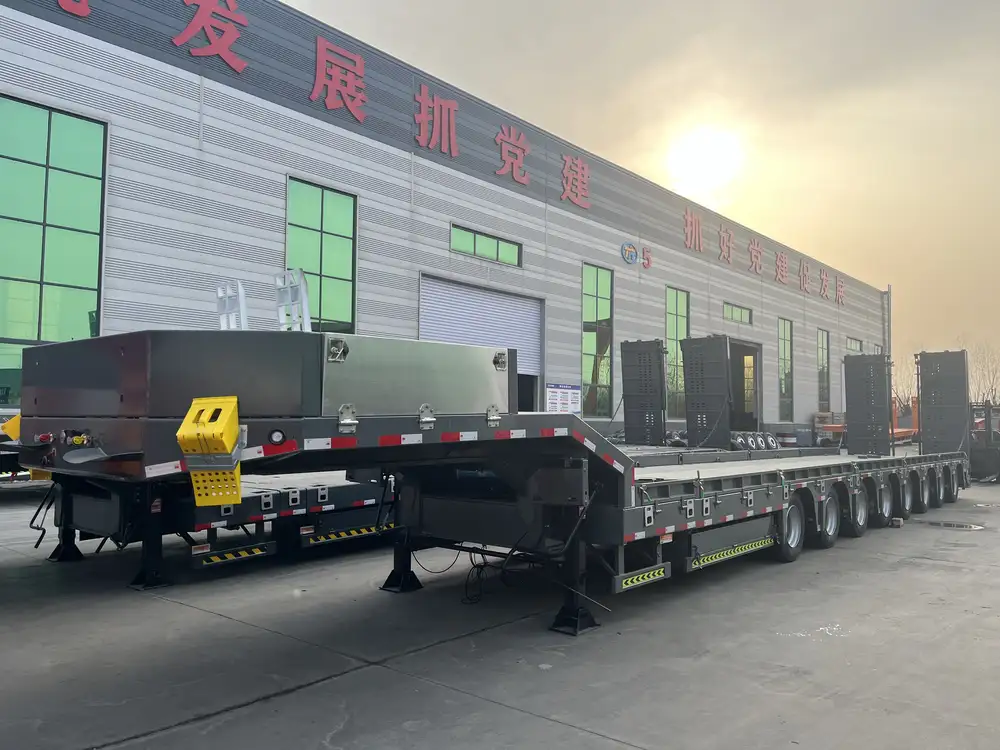When it comes to renting a trailer for moving, construction, or other hauling needs, one pivotal concern often arises: the braking system of U-Haul trailers. Knowing whether U-Haul trailers possess brakes is critical not just for safety but also for understanding your responsibilities as the driver. In this comprehensive guide, we will explore the mechanics of trailer brakes, the specific features of U-Haul trailers, and the implications for safe towing.
Types of Braking Systems in Trailers
Understanding the different types of braking systems available in trailers is essential. Each system has its own advantages and considerations. Below is a detailed comparison of the primary brake systems found in trailers:
| Braking System | Description | Benefits | Considerations |
|---|---|---|---|
| Electric Brakes | Activated by an electric current from the tow vehicle. They use a controller to manage braking force. | Precise control, ease of use, reliable. | Requires a brake controller installation. |
| Surge Brakes | Utilize a hydraulic system; the trailer slows both the trailer and vehicle. Activated by momentum. | No need for electrical connections. | May not respond as quickly as electric brakes. |
| Mechanical Brakes | Operated via a manual lever or cable. | Simple and robust system. | Generally less common in modern setups. |
| Air Brakes | Mostly found in heavy-duty trailers. Powered by compressed air. | Highly effective for large loads. | Requires a compatible tow vehicle with air supply. |
Key Features of U-Haul Trailers
U-Haul offers a range of trailer types, each engineered for specific purposes. Here’s a breakdown of some common U-Haul trailers and their braking systems:
Utility Trailers: Most commonly rented for hauling general goods. Many options include electric brakes, providing added safety for load transport.
Cargo Trailers: Designed for transporting goods over long distances. Most cargo trailers also feature electric braking systems, ensuring that your valuable possessions are safeguarded during transit.
Car Haulers: Specifically designed for transporting vehicles, these trailers come equipped with either electric brakes or surge brakes, depending on the size and model of the trailer rented.
Enclosed Trailers: These trailers provide added protection for goods. They typically have electric brakes for ease of towing and better overall control.
Furniture Vans: Particularly for moving houses, these larger trailers generally feature electric brakes.
By understanding the specific types of U-Haul trailers and their braking mechanisms, customers can make informed decisions regarding towing safety.

Importance of Trailer Brakes for Safety
Brakes are not just a luxury; they are a necessity, especially when hauling sizable loads. Here’s why brakes are critical for safe trailer operation:
1. Increased Stopping Power
Trailers, especially when loaded, can significantly increase stopping distances. Without adequate braking mechanisms, the risk of accidents escalates. This is why having reliable brakes is crucial.
2. Vehicle Stability
A lack of trailer brakes can influence the stability of the tow vehicle. During hard stops, an unbraked trailer can push against the vehicle, leading to loss of control.

3. Legal Compliance
Depending on local regulations, certain setups may legally require brakes. As a renter, understanding these requirements can save you from hefty fines and ensure you comply with the law.
4. Enhanced Control
Effective brakes provide the driver with better control over the trailer, particularly in inclement weather and on steep inclines.
How to Determine if a U-Haul Trailer has Brakes
When renting a trailer from U-Haul, it’s important to verify whether the trailer you’re renting is equipped with brakes. Here’s how you can ascertain this information:

1. Consult the Rental Agreement or Specs
The rental agreement might detail the specific features of the equipment, including its brake system. It’s always a good idea to read this document carefully.
2. U-Haul’s Official Website
U-Haul provides specifications for each trailer on their official website. They often indicate whether trailers are equipped with electric brakes.
3. Contact U-Haul Customer Service
If you’re unsure about the type of brakes or specific features, contacting U-Haul’s customer service directly can provide clarity.

4. Check the Trailer’s Identification
Once you have the trailer, check for labels or identification tags indicating the type of braking system used. Compliance labels often include brake information.
Recommended Best Practices for Safe Towing
Ensuring safety while towing a U-Haul trailer goes beyond knowing whether it has brakes. Here are best practices for safe towing with trailers:
1. Ensure Proper Hookup
Always ensure that the trailer is properly secured to the tow vehicle. Check hitch connections, safety chains, and electrical wiring.

2. Perform a Pre-Trip Inspection
Before embarking on your journey, thoroughly inspect the trailer. Check lights, brakes, tires, and any load security.
3. Understand Weight Limits
Familiarize yourself with the weight limits for both the trailer and the tow vehicle. Ensure that your load does not exceed these limitations.
4. Utilize Brakes Adequately
When driving with a trailer, remember that increased stopping distance is required. Start braking earlier than you would without a trailer and allow more space between vehicles.

5. Adjust Driving Behavior
Driving with a trailer alters the dynamics of the vehicle. Slow down while making turns, merge as smoothly as possible, and watch for crosswinds.
6. Use Turn Signals and Mirrors Effectively
Make sure to use turn signals well in advance of turning or changing lanes, and consistently check mirrors for awareness of the trailer’s position.
Troubleshooting Common Trailer Brake Issues
Despite rigorous safety checks, you might encounter issues with trailer brakes during use. Understanding common problems can help address these situations effectively:

1. Brakes Not Engaging Properly
Symptoms:
- Difficulty in stopping
- Uneven braking
Solutions:
- Inspect the electric brake connection for damage.
- Check for issues with the brake controller within the tow vehicle.
- Examine the brake pads for wear or damage.

2. Brake Lights Not Functioning
Symptoms:
- Inoperable brake lights during stopping.
Solutions:
- Test the wiring harness for disconnections.
- Ensure that the tow vehicle’s electrical system is operational.
- Inspect light fixtures for bulb integrity.

3. Overheating Brakes
Symptoms:
- Unusual smells or smoke from wheel areas.
- Reduced braking efficacy.
Solutions:
- Allow brakes to cool and inspect for any visible damage.
- Check load distribution for balance.
- Consult a professional if issues persist.

Conclusion
In conclusion, understanding the braking systems in U-Haul trailers isn’t merely a matter of technical knowledge — it’s a significant aspect of safe towing practices. U-Haul offers various trailer types, many equipped with reliable braking mechanisms like electric or surge brakes. As responsible renters, one must ensure they are using the right trailer for their specific needs, remaining compliant with any local regulations regarding trailer braking requirements.
By following best safety practices, performing pre-trip checks, and being aware of common issues, customers can confidently navigate their towing experiences. Safety is paramount, and with the right knowledge and tools, it’s entirely manageable. Choose wisely, drive carefully, and you’ll ensure a successful and secure trailer haul every time.



